
As with any documentary photographer, I wanted to shoot important historic events. But afterwards another idea came to me — shooting locations where something signifciant had already occurred. After time passes it’s easier to determine what was important, and what wasn’t. I want to remind the public about forgotten moments in American history. The past is everywhere. All one needs to do is stop and look around.
Сross Keys, Virginia, 2010. In August 1831, the enslaved preacher Nat Turner launched an uprising that resulted in the murder of more than 60 whites and execution of 56 blacks. Turner himself managed to escape, but several months later his body was found a mile from Cabin Pond, where he hid. Now Cabin Pond Road is adjacent to the pond but there aren’t any signs that it’s a historic place. Southhampton buried its past.

Queens, New York, 2010. Historians estimate more than 12 million Afro-Americans were captured and sent on boats to the New World. More than a million died, not ever reaching America. Every year, St. Paul’s Baptist Church holds a service in memory of their ancestors on the shore of Rockaway Beach in Queens, New York.

Montgoomery, Alabama, 2011. On the 150-year anniversary of the inauguration of Confederacy President Jefferson Davis, Civil War re-enactors rallied in Montgomery, the first capital of the Confederacy. Three women waiting for the rally’s start sit on the same bench where Rosa Parks (an important figure in the American black civil rights movement — editor’s note) waited for the bus before her arrest.
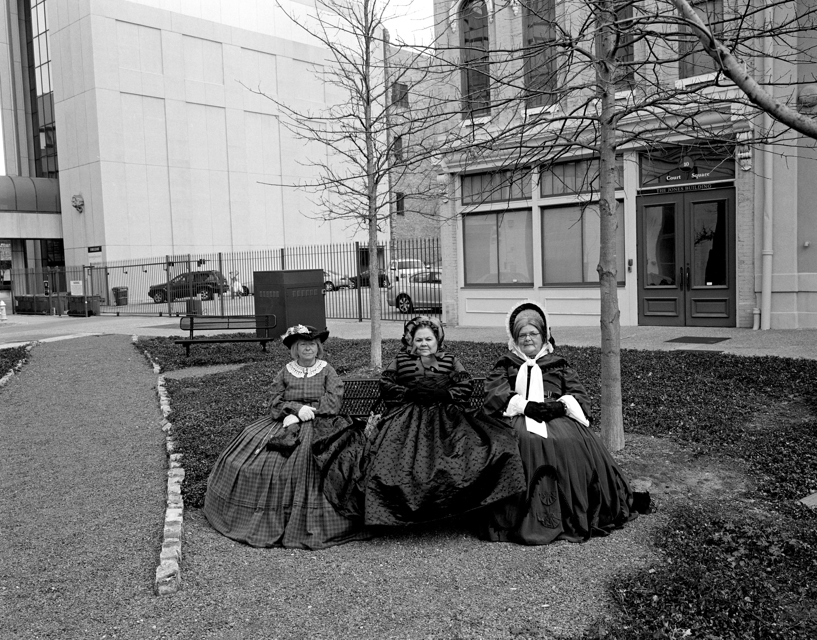
Galveston, Texas, 2010. After Lincoln’s Emancipation Proclamation in January 1863 declaring the end to slavery, Texas slaves waited for the local governments to approve the document. That happened on June 19th, 1865 when the Proclamation was read from the balcony of Galveston’s manor. To this day, the residents of Texas annually commemorate Emancipation Day by reading Lincoln’s proclamation from the same balcony.
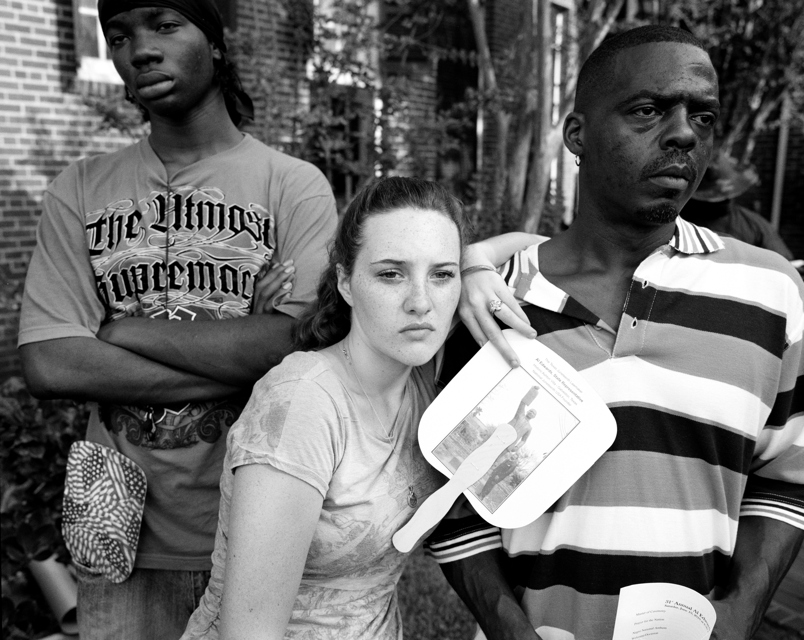
Mankato, Minnesota, 2012. On Christmas morning, Sioux horsemen arrived in Mankato to commemorate the 150-year anniversary of the execution of 38 tribesmen on the main square. In 1862, they tried to drive white settlers out from the territory of present-day Minnesota but were defeated by the American army. As a result, 38 men from the tribe were hung. A year later, a law was passed prohibited Sioux Indians from the territory of Minnesota.
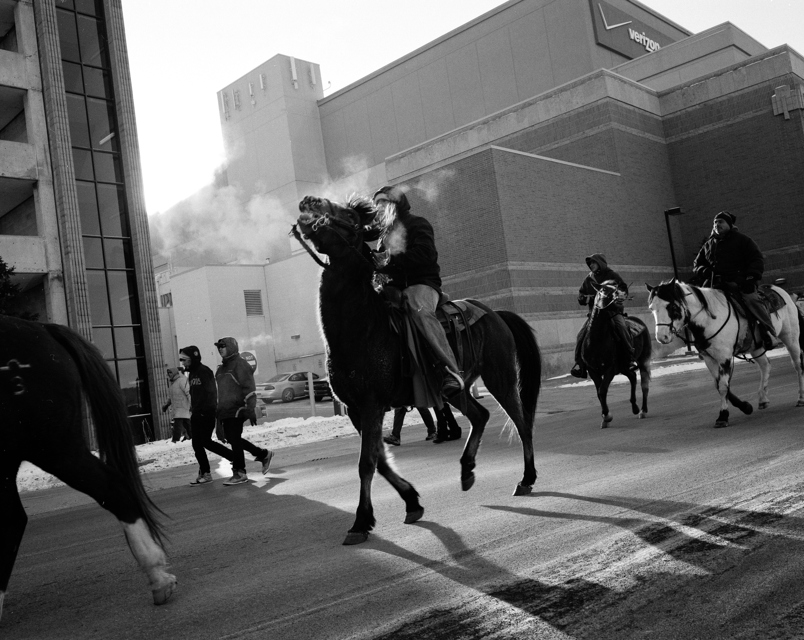
Sturgis, South Dakota, 2011. Bear Butte was a refuge for the Sioux outcast Wild Horse. He’d climb to the top of the mount and thought about how to defend his people. Now it’s a popular tourist destination where television programs are shot.
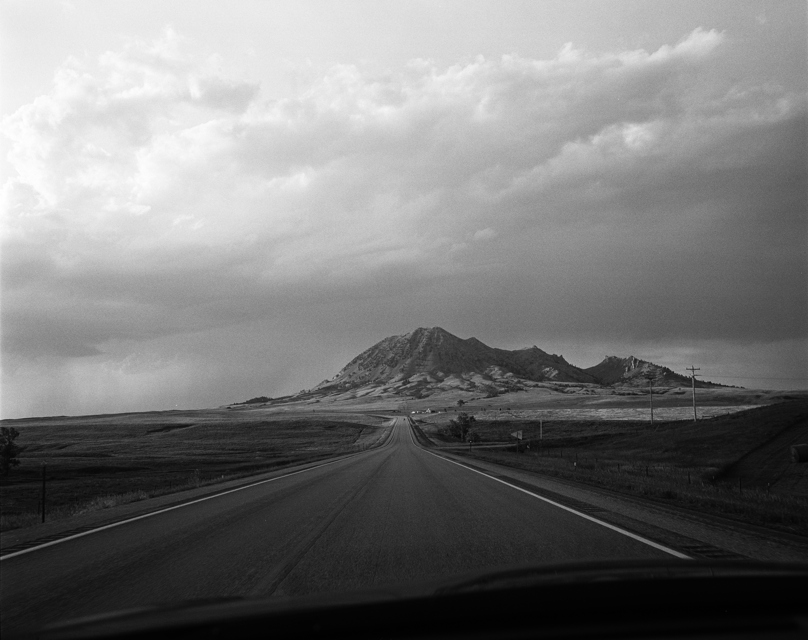
Memphis, Tennessee, 2012. On April 4, 1968, Martin Luther King, Jr. was shot dead on the balcony of the Lorraine Motel. Afterwards it was converted into a National Civil Rights Museum where commemorations are held on that day. Jesse Jackson, an activist who was with King, Jr. that day, visits every year.
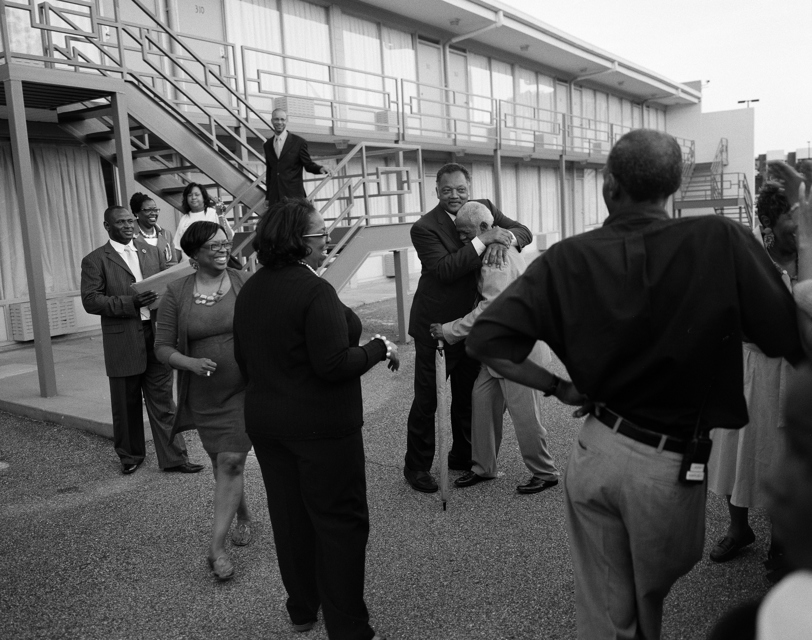
Photojournalism is a strange term. Sometimes it seems to me that I’ve been working as a photographer and a journalist for many years. These two professions are similar: photography captures the visual aesthetic, while journalism captures what’s behind the photograph.
A photojournalist should be honest, capturing the world as he sees it. It’s not worth taking pictures to earn points somewhere, to try to please someone’s fancies or simply show the viewer what they could have seen without you.
The project “Never Coming Home” can be divided into two parts: photographs at funerals and photographs in the homes of soldiers who died in Iraq. I came to the funerals at my own desire. I got to know some families better and the photographs from their homes are very personal. That’s a link with the heroes and distinguishes the photos from public ceremonies from photos of grieving families.
{
“img”: “/wp-content/uploads/2014/09/andrew_08.jpg”,
“alt”: “From the series Never Coming Home”,
“text”: “From the series Never Coming Home”
},
{
“img”: “/wp-content/uploads/2014/09/andrew_09.jpg”,
“alt”: “From the series Never Coming Home”,
“text”: “From the series Never Coming Home”
},
{
“img”: “/wp-content/uploads/2014/09/andrew_10.jpg”,
“alt”: “From the series Never Coming Home”,
“text”: “From the series Never Coming Home”
},
{
“img”: “/wp-content/uploads/2014/09/andrew_11.jpg”,
“alt”: “From the series Never Coming Home”,
“text”: “From the series Never Coming Home”
},
{
“img”: “/wp-content/uploads/2014/09/andrew_12.jpg”,
“alt”: “From the series Never Coming Home”,
“text”: “From the series Never Coming Home”
},
{
“img”: “/wp-content/uploads/2014/09/andrew_13.jpg”,
“alt”: “From the series Never Coming Home”,
“text”: “From the series Never Coming Home”
},
{
“img”: “/wp-content/uploads/2014/09/andrew_14.jpg”,
“alt”: “From the series Never Coming Home”,
“text”: “From the series Never Coming Home”
}
I once lived in the East Village of New York, where the police meticulously maintained order and constantly chased away the homeless, throwing all their items into garbage cans. I understood that it wasn’t right. Many of my neighbors threw bottles at the cops. But I didn’t want to clubbed across my head so I began to photograph the events.
And what choice do I have? I take photos in order to touch upon important social themes. That’s the main reason for my work with photographs. I would sooner work as a criminal defense lawyer or as a social worker than shoot flowers and cats.
I believe that photography influences people in forming their world view, but I don’t hasten to glorify it. There are things far more important: human rights, the fight against poverty, the use of natural resources. Photography is not supposed to distract us from truly fundamental problems. It’s only an instrument that we can use in our eternal conflicts with the fate of humanity.
{
“img”: “/wp-content/uploads/2014/09/andrew_15.jpg”,
“alt”: “From the series, Life In Prison”,
“text”: “From the series, Life In Prison”
},
{
“img”: “/wp-content/uploads/2014/09/andrew_16.jpg”,
“alt”: “From the series, Life In Prison”,
“text”: “From the series, Life In Prison”
},
{
“img”: “/wp-content/uploads/2014/09/andrew_17.jpg”,
“alt”: “From the series, Life In Prison”,
“text”: “From the series, Life In Prison”
},
{
“img”: “/wp-content/uploads/2014/09/andrew_18.jpg”,
“alt”: “From the series, Life In Prison”,
“text”: “From the series, Life In Prison”
},
{
“img”: “/wp-content/uploads/2014/09/andrew_19.jpg”,
“alt”: “From the series, Life In Prison”,
“text”: “From the series, Life In Prison”
}





